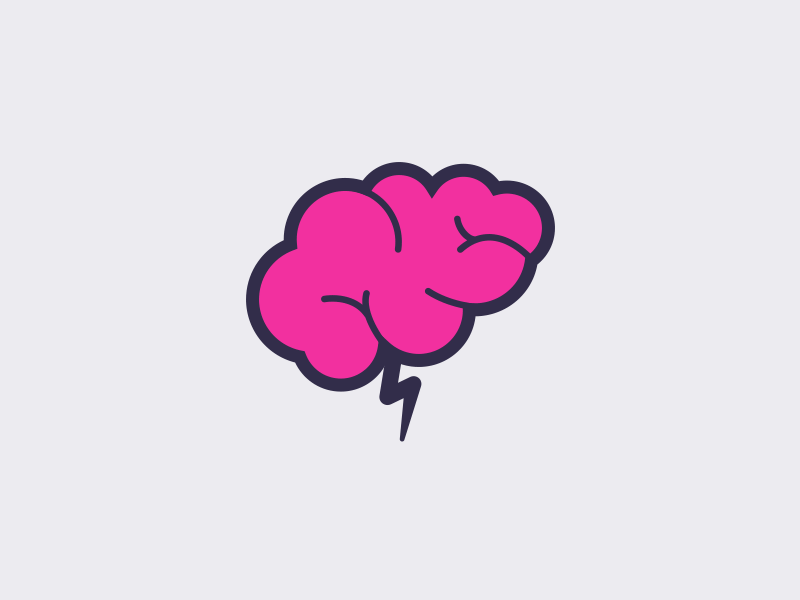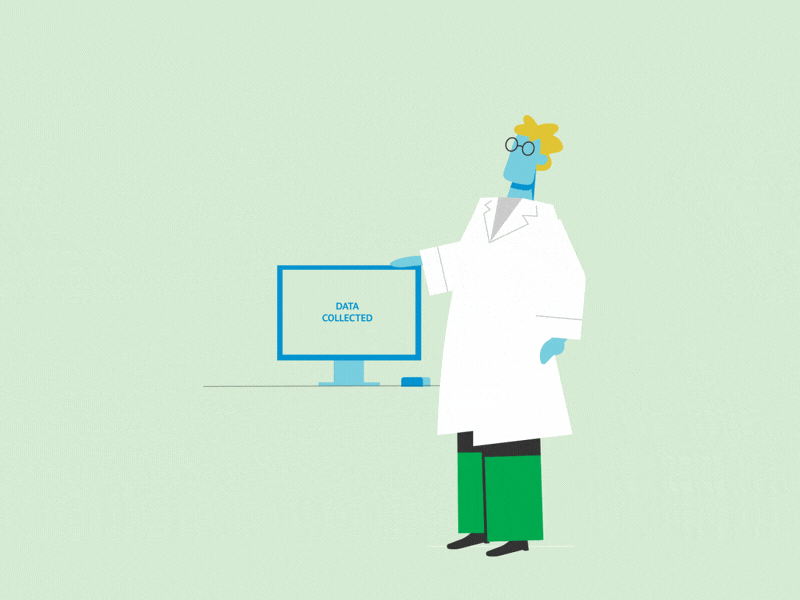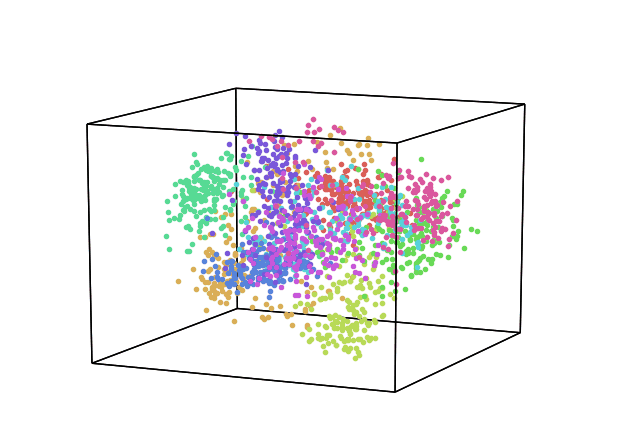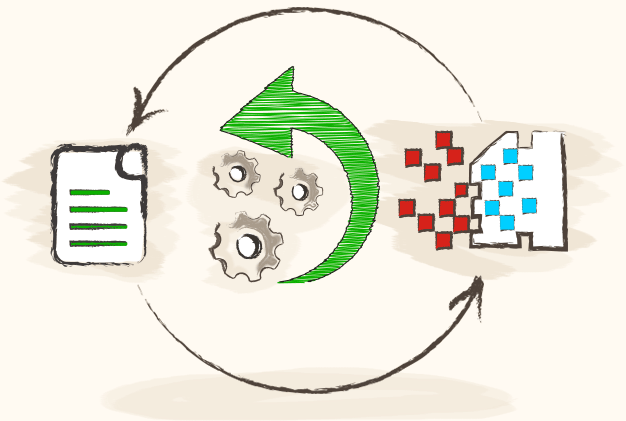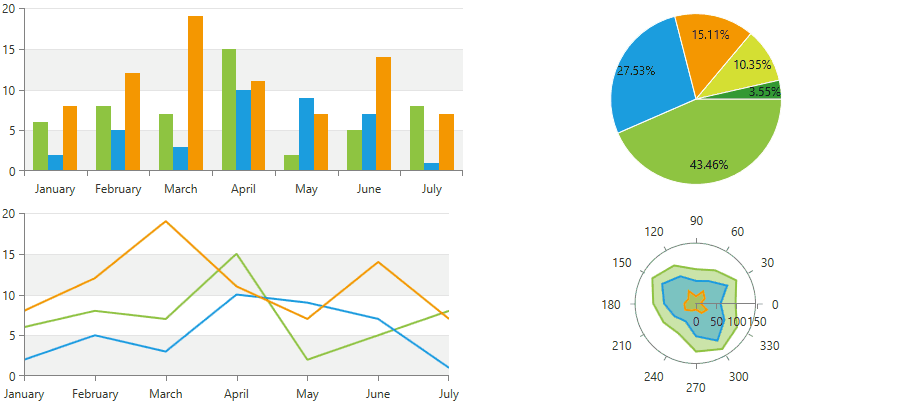4. DATA CORRECTION ✅
For the purposes of ODOHTEU project the original datasets that we have found were not appropriate on several fronts:
technically;
temporally;
geographically; and for their content, since we wanted to focus on the total number of victims, sex, age or majority status, form of exploitation, citizenship and country of destination; while for what concerns the growth or well-being indicators of the European states we have taken into consideration the population growth, poverty rate, life expectancy, schooling/education, GDP, net migration, jobs, income, safety, health, environment, civic engagement, accessiblity to services, housing.
